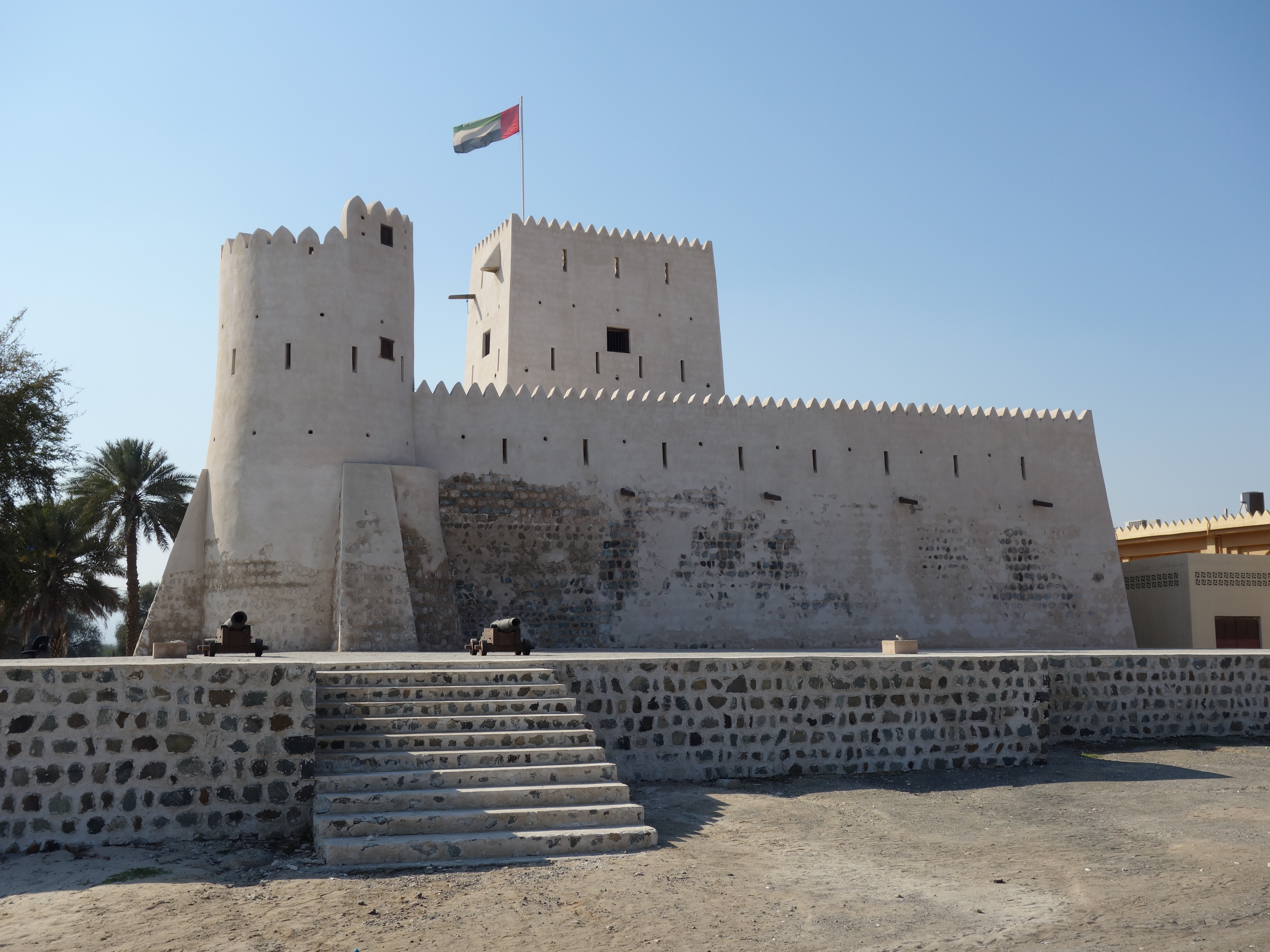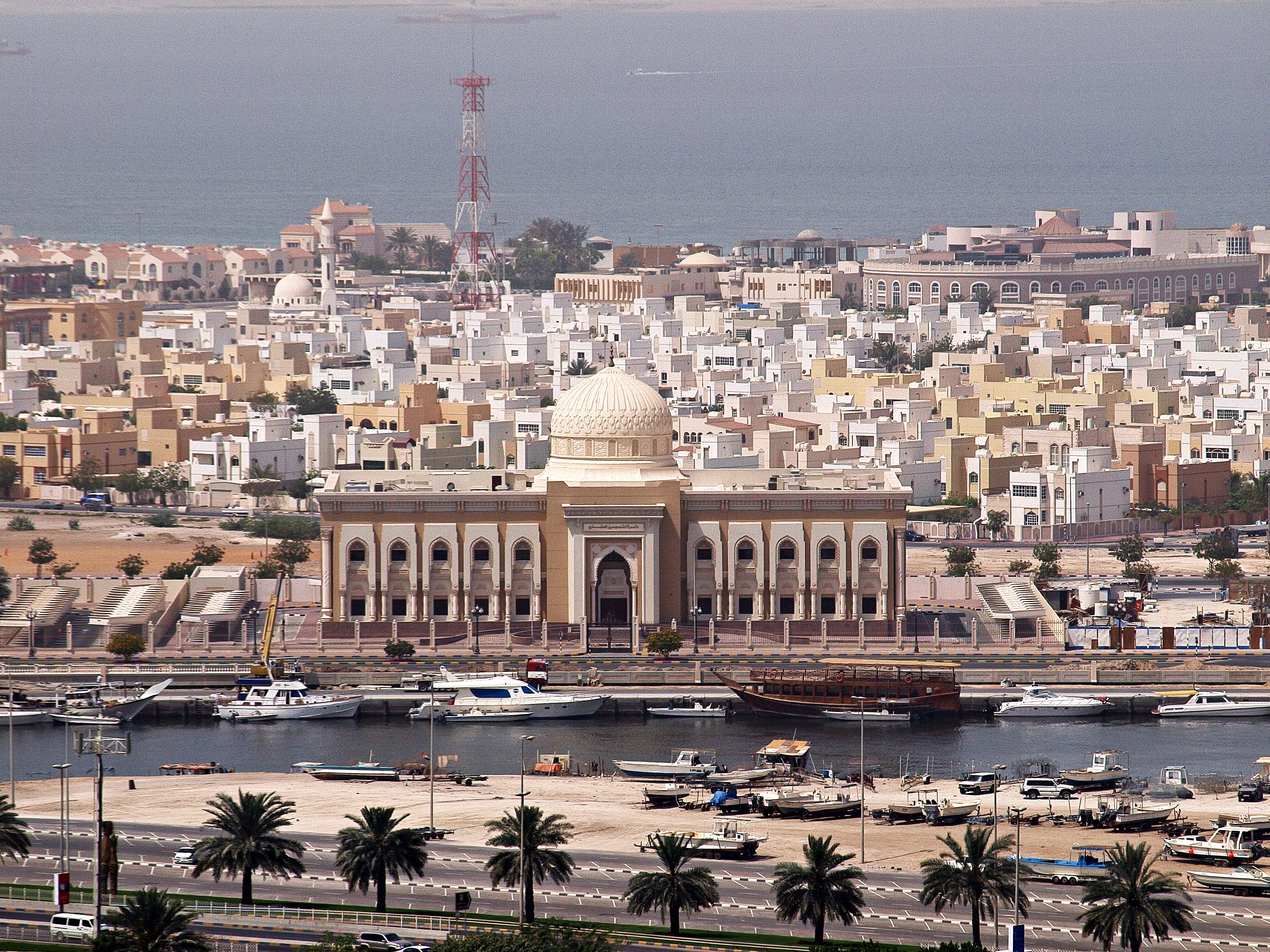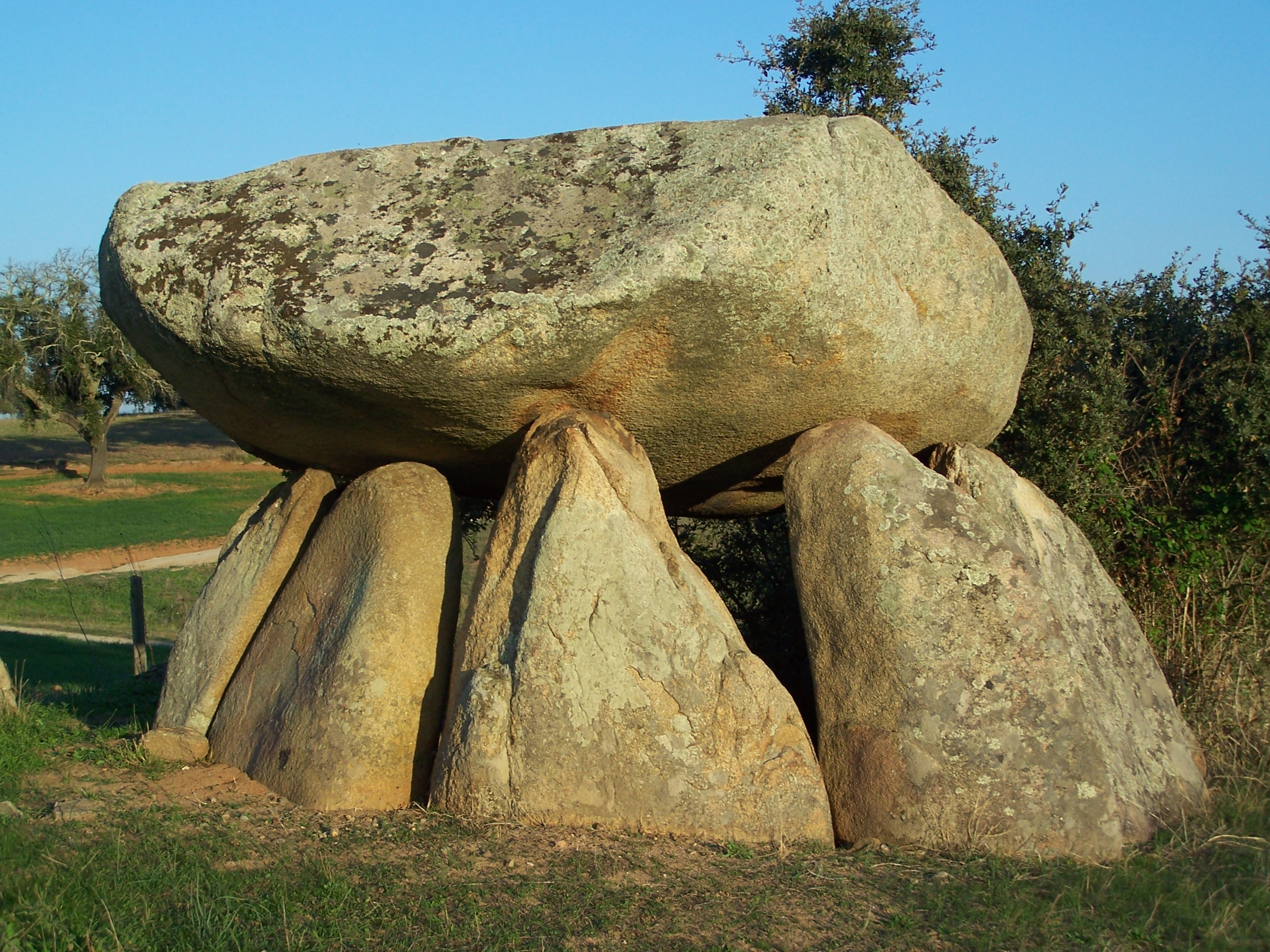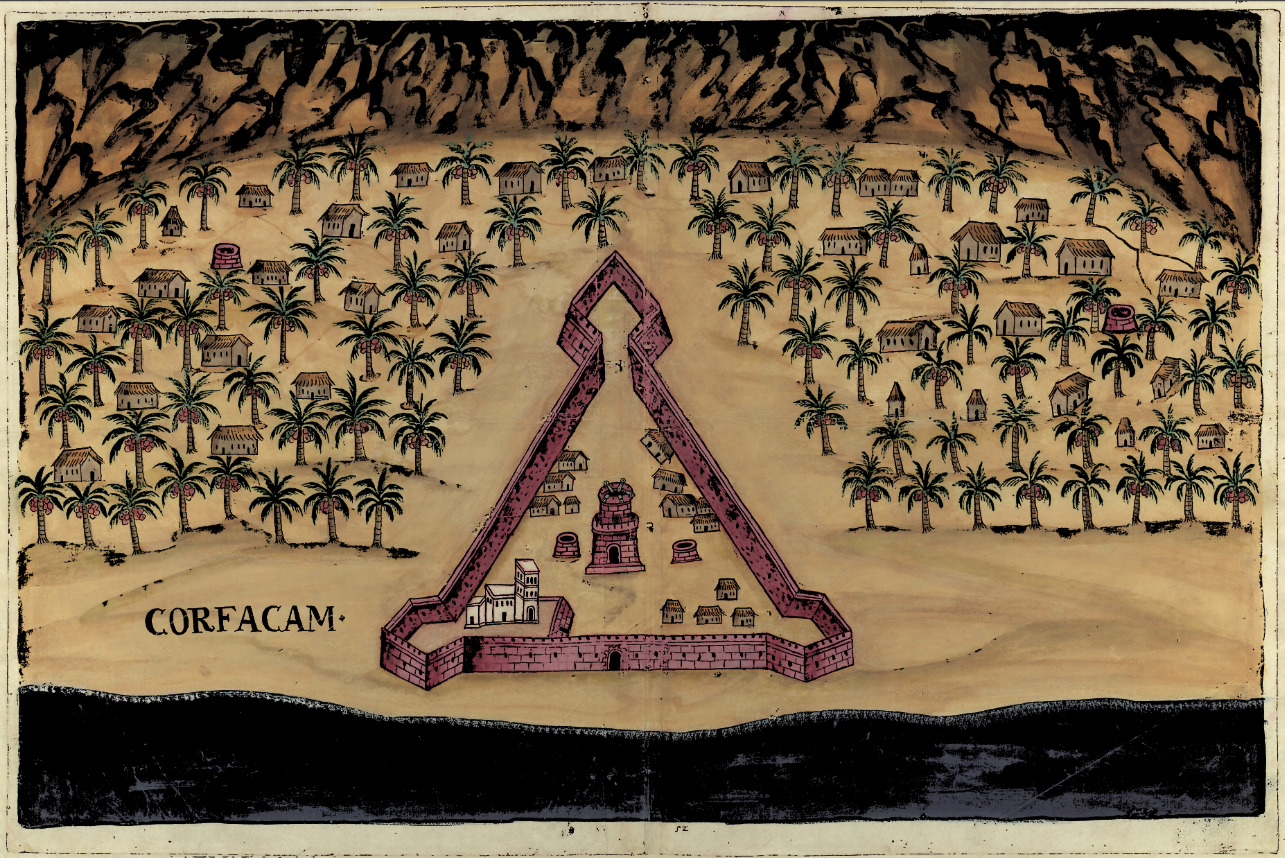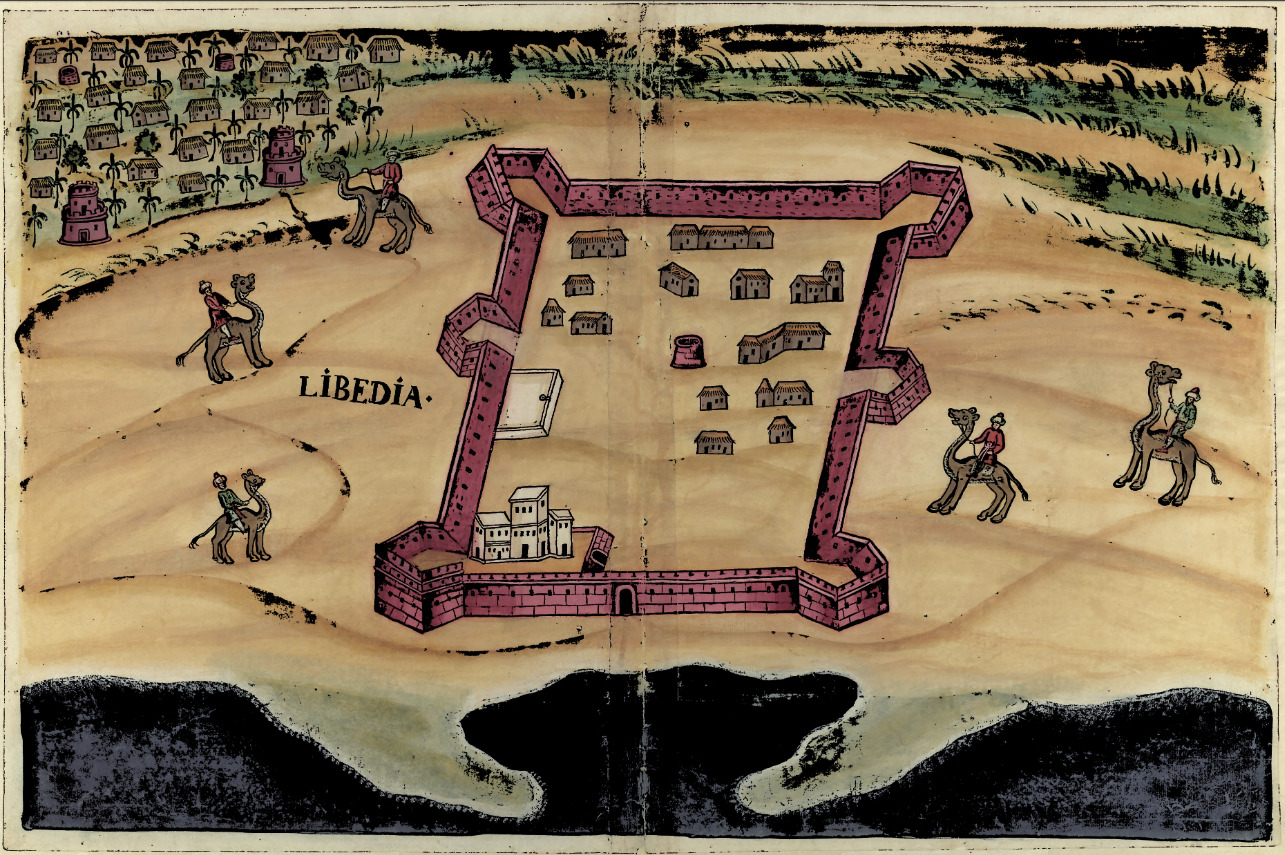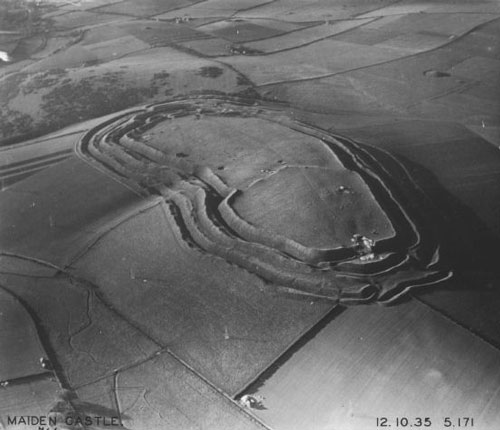|
Kalba Fort
Kalba Fort is an 18th century fort located inland of the coastal city of Kalba on the eastern seaboard of Sharjah, United Arab Emirates. It was restored as a museum and visitor attraction in April 2021. History Originally constructed in 1745, additions were made to the structure of the mudbrick, gypsum and stone structure of the fort in 1820. The fort stands on the site of an original fortification captured by the Portuguese commander Gaspar Leite in March 1624 and is of an unusual construction, with buttressing indicating that it was perhaps developed from an original watchtower under Portuguese architectural influence. It represents one of a string of fortifications on the east coast of the Emirates with Portuguese origins, others being at Khor Fakkan Khor Fakkan ( ar, خَوْر فَكَّان, Khawr Fakkān) is a city and exclave of the Emirate of Sharjah, located on the east coast of the United Arab Emirates (UAE), facing the Gulf of Oman, and geographically surrounded by ... [...More Info...] [...Related Items...] OR: [Wikipedia] [Google] [Baidu] |
Sharjah
Sharjah (; ar, ٱلشَّارقَة ', Gulf Arabic: ''aš-Šārja'') is the third-most populous city in the United Arab Emirates, after Dubai and Abu Dhabi, forming part of the Dubai-Sharjah-Ajman metropolitan area. Sharjah is the capital of the eponymous emirate. The emirate shares legal, political, military and economic functions with the other emirates of the UAE within a federal framework, although each emirate has jurisdiction over some functions such as civil law enforcement and provision and upkeep of local facilities. Sharjah has been ruled by the Al Qasimi dynasty since the 18th century. The city is a centre for culture and industry, and alone contributes 7.4% of the GDP of the United Arab Emirates. The city covers an approximate area of 235 km2 and has a population of over 800,000 (2008). The sale or consumption of alcoholic beverages is prohibited in the emirate of Sharjah without possession of an alcohol licence and alcohol is not served in hotels, rest ... [...More Info...] [...Related Items...] OR: [Wikipedia] [Google] [Baidu] |
United Arab Emirates
The United Arab Emirates (UAE; ar, اَلْإِمَارَات الْعَرَبِيَة الْمُتَحِدَة ), or simply the Emirates ( ar, الِْإمَارَات ), is a country in Western Asia ( The Middle East). It is located at the eastern end of the Arabian Peninsula and shares borders with Oman and Saudi Arabia, while having maritime borders in the Persian Gulf with Qatar and Iran. Abu Dhabi is the nation's capital, while Dubai, the most populous city, is an international hub. The United Arab Emirates is an elective monarchy formed from a federation of seven emirates, consisting of Abu Dhabi (the capital), Ajman, Dubai, Fujairah, Ras Al Khaimah, Sharjah and Umm Al Quwain. Each emirate is governed by an emir and together the emirs form the Federal Supreme Council. The members of the Federal Supreme Council elect a president and vice president from among their members. In practice, the emir of Abu Dhabi serves as president while the ruler of Dub ... [...More Info...] [...Related Items...] OR: [Wikipedia] [Google] [Baidu] |
Kalba
Kalba () is a city in the Emirate of Sharjah in the United Arab Emirates (UAE). It is an exclave of Sharjah lying on the Gulf of Oman coast north of Oman. Khor Kalba (Kalba Creek), an important nature reserve and mangrove swamp, is located south of the town by the Omani border. Kalba Mangrove reserve is open to the public and was developed as an eco-tourism resort by the Sharjah Investment and Development Authority (Shurooq). A number of conservationists and ecologists have expressed concern regarding the project. History Shell middens dating back to the fourth millennium BCE have been found at Kalba, as well as extensive remains of Umm Al Nar era settlement. Portuguese The town was captured by the Portuguese Empire in the 16th century and was referred to as ''Ghallah''. It was part of a series of fortified cities that the Portuguese used to control access to the Persian Gulf and the Gulf of Oman, e.g. Khor Fakan, Muscat, Sohar, Seeb, Qurayyat, Muttrah. Kalba Fort, to ... [...More Info...] [...Related Items...] OR: [Wikipedia] [Google] [Baidu] |
18th Century
The 18th century lasted from January 1, 1701 ( MDCCI) to December 31, 1800 ( MDCCC). During the 18th century, elements of Enlightenment thinking culminated in the American, French, and Haitian Revolutions. During the century, slave trading and human trafficking expanded across the shores of the Atlantic, while declining in Russia, China, and Korea. Revolutions began to challenge the legitimacy of monarchical and aristocratic power structures, including the structures and beliefs that supported slavery. The Industrial Revolution began during mid-century, leading to radical changes in human society and the environment. Western historians have occasionally defined the 18th century otherwise for the purposes of their work. For example, the "short" 18th century may be defined as 1715–1789, denoting the period of time between the death of Louis XIV of France and the start of the French Revolution, with an emphasis on directly interconnected events. To historians who exp ... [...More Info...] [...Related Items...] OR: [Wikipedia] [Google] [Baidu] |
Fort
A fortification is a military construction or building designed for the defense of territories in warfare, and is also used to establish rule in a region during peacetime. The term is derived from Latin ''fortis'' ("strong") and ''facere'' ("to make"). From very early history to modern times, defensive walls have often been necessary for cities to survive in an ever-changing world of invasion and conquest. Some settlements in the Indus Valley civilization were the first small cities to be fortified. In ancient Greece, large stone walls had been built in Mycenaean Greece, such as the ancient site of Mycenae (famous for the huge stone blocks of its ' cyclopean' walls). A Greek '' phrourion'' was a fortified collection of buildings used as a military garrison, and is the equivalent of the Roman castellum or English fortress. These constructions mainly served the purpose of a watch tower, to guard certain roads, passes, and borders. Though smaller than a real fortress, the ... [...More Info...] [...Related Items...] OR: [Wikipedia] [Google] [Baidu] |
Emirate Of Sharjah
The Emirate of Sharjah (; ar, إِمَارَة ٱلشَّارِقَة ') is one of the emirates of the United Arab Emirates, which covers and has a population of over 1,400,000 (2015). It comprises the capital city of Sharjah, after which it is named, and other minor towns and exclaves such as Kalba', Al Dhaid, Dibba Al-Hisn and Khor Fakkan. The emirate is an absolute monarchy. It has been ruled by Sultan bin Muhammad Al-Qasimi since 1972, except for a six-day period during an attempted coup d'etat by his brother, Sheikh Abdulaziz bin Mohammed Al-Qasimi. History Human settlement in the area covered by the emirate has existed for over 120,000 years, with significant finds made of early axes and stone tools as well as Copper and Iron Age implements in Al Dhaid, Al Thuqeibah, Mileiha, Tell Abraq, Muwailah, Al Madam and Jebel Faya. Archaeological finds in the Mleiha area point to human habitation consistent with the spread of humanity from Africa to the wider world, ... [...More Info...] [...Related Items...] OR: [Wikipedia] [Google] [Baidu] |
Portuguese Architecture
Portuguese architecture refers to both the architecture of Portugal's modern-day territory in Continental Portugal, the Azores and Madeira, as well as the architectural heritage/patrimony of Portuguese architects and styles throughout the world, particularly in countries formerly part of the Portuguese Empire. Like all aspects of Portuguese culture, Portuguese architecture reflects the artistic influences of the various cultures that have either inhabited Portugal or come in contact with the Portuguese people throughout the history of Portugal, including the Gallaecians, Lusitanians, Celtiberians, Romans, Suebi, Visigoths, Moors, Goans, Macanese, Kristang people, and many more. Because of the history of the Portuguese Empire, several countries across the world are home to sizable heritages of Portuguese colonial architecture, notably Brazil and Uruguay in the Americas, Angola, Cabo Verde, São Tomé and Príncipe, Benin, Ghana, Morocco, Guinea Bissau, Zimbabwe, and Mozambique i ... [...More Info...] [...Related Items...] OR: [Wikipedia] [Google] [Baidu] |
Khor Fakkan
Khor Fakkan ( ar, خَوْر فَكَّان, Khawr Fakkān) is a city and exclave of the Emirate of Sharjah, located on the east coast of the United Arab Emirates (UAE), facing the Gulf of Oman, and geographically surrounded by the Emirate of Fujairah. The city, the second largest on the east coast after Fujairah City, is set on the bay of Khor Fakkan, which means "Creek of Two Jaws". It is the site of Khor Fakkan Container Terminal, the only natural deep-sea port in the region and one of the major container ports in the UAE. The Port of Khor Fakkan faces the Emirate of Sharjah’s eastern seaboard, extending connections with Asia and the Far East. This port is one of the Emirate’s three ports. It is also a popular spot among domestic tourists due to its white sand beaches and coral reefs that attract many marine life enthusiasts. Khor Fakkan beach lies to the north of the center of the town. Khor Fakkan is located on the east coast of the UAE, between the Shumayliyah Mountains ... [...More Info...] [...Related Items...] OR: [Wikipedia] [Google] [Baidu] |
Al Badiyah
Al-Badiyah ( ar, ٱلْبَدِيَة) or Al-Bidyah () is a settlement in the Emirate of Fujairah, the United Arab Emirates. It is the site of a historical mosque of the same name, which is the oldest functional mosque in the country, dating back to the 15th century. Portuguese fort Remains of a Portuguese era fort have been discovered in the village by a team of Australian archaeologists. The fort, originally called 'Libidia', was identified from a 16th-century map. Its walls were constructed using rock recovered from a nearby tower dated back to the third millennium BCE. These walls, some in length, are joined in a square with towers on each corner and stand today at a height of up to a meter. Finds at the site of the fort include locally made pottery dating back to the 17th and 18th centuries, and charcoal samples unearthed were carbon dated to 1450–1600, within the context of the Portuguese presence in the Gulf A gulf is a large inlet from the ocean into the landmas ... [...More Info...] [...Related Items...] OR: [Wikipedia] [Google] [Baidu] |
Dibba Al-Hisn
Dibba Al-Hisn ( ar, دبا الحصن, ''white Dibba'') is a pene-exclave of the emirate of Al-Sharjah, one of the seven United Arab Emirates. It is bordered by the Gulf of Oman from the East, Dibba Al-Baya (a province of Oman in Musandam) from the North, and Dibba Al-Fujairah from the South. It is also geographically part of the Dibba region. It is the smallest in size among the Dibbas. It is mostly known for its fish market and the ancient fortress from which it got its name. Also, it is known for its high density of population relative to the other Dibbas. History Pre-Islamic period Dibba Al-Hisn has been an important site of maritime trade and settlement since the pre-Islamic era. Although there is slight information, mainly from tombs, of settlement during the later second millennium and early first millennium BCE, contemporary with such sites as Shimal, Tell Abraq and Rumeilah, and of scattered occupation during the period of al-Dur and Mileiha, most mention o ... [...More Info...] [...Related Items...] OR: [Wikipedia] [Google] [Baidu] |
Sultan Bin Muhammad Al-Qasimi
Sultan bin Muhammad Al-Qasimi ( ar, سلطان بن محمد القاسمي; born 2 July 1939) is the sovereign ruler of the Emirate of Sharjah and a member of the Federal Supreme Council of the United Arab Emirates. He has ruled Sharjah continuously since January 1972, apart from a six-day period in June 1987, during an attempted coup led by his elder brother Sheikh Abdulaziz bin Mohammed Al-Qasimi. Early life and education Sultan's mother was Maryam bint Sheikh Ghanem Al Shamsi (1915–2010). He has four brothers and two sisters: Khalid, Sheikh Saqr, Abdul Aziz, Abdullah, Sheikha and Naema. In 1948, at the age of nine years, he enrolled in Eslah As Qasimia School. After completing his elementary and secondary education between Sharjah, Kuwait City and Dubai, Al-Qasimi went on to study a Bachelor of Science in Agricultural Engineering at Cairo University, graduating in 1971. He completed a PhD in history at Exeter University in 1985, and another in the political g ... [...More Info...] [...Related Items...] OR: [Wikipedia] [Google] [Baidu] |
Forts In The United Arab Emirates
A fortification is a military construction or building designed for the defense of territories in warfare, and is also used to establish rule in a region during peacetime. The term is derived from Latin ''fortis'' ("strong") and ''facere'' ("to make"). From very early history to modern times, defensive walls have often been necessary for cities to survive in an ever-changing world of invasion and conquest. Some settlements in the Indus Valley civilization were the first small cities to be fortified. In ancient Greece, large stone walls had been built in Mycenaean Greece, such as the ancient site of Mycenae (famous for the huge stone blocks of its 'cyclopean' walls). A Greek '' phrourion'' was a fortified collection of buildings used as a military garrison, and is the equivalent of the Roman castellum or English fortress. These constructions mainly served the purpose of a watch tower, to guard certain roads, passes, and borders. Though smaller than a real fortress, they ac ... [...More Info...] [...Related Items...] OR: [Wikipedia] [Google] [Baidu] |
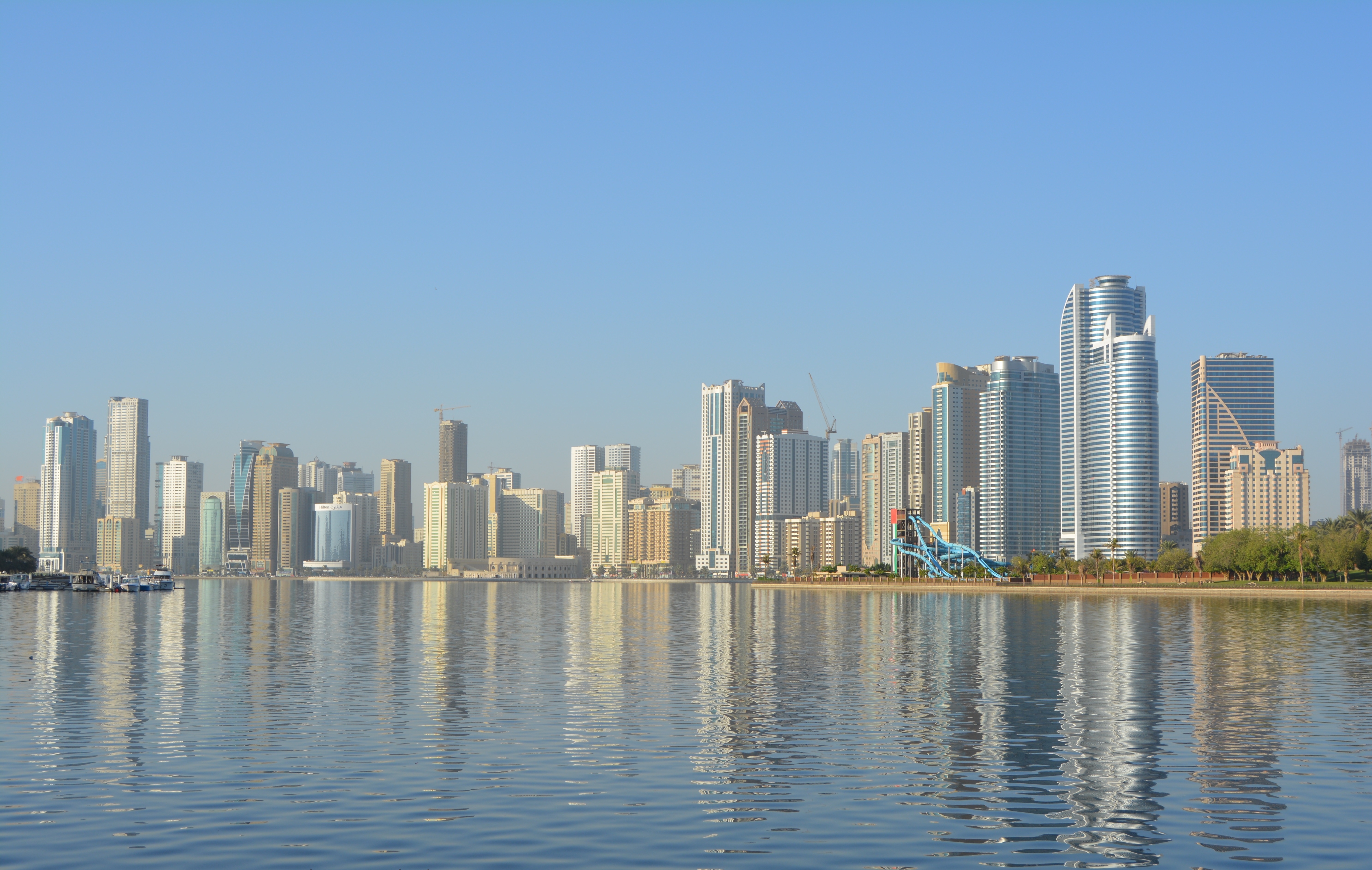
.jpg)
